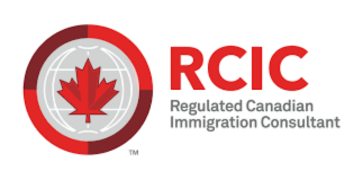New PR Pathway Based on EMPP to Launch in Canada in 2025

In a major move to modernize and diversify its immigration system, Canada is set to launch a new permanent residence (PR) pathway in 2025, offering expanded opportunities for skilled individuals—including refugees and displaced persons—to build a life in the country. This new initiative is built upon the success of the Economic Mobility Pathways Pilot (EMPP), which has helped hundreds of skilled refugees settle in Canada since its inception in 2019.
According to Immigration, Refugees and Citizenship Canada (IRCC), the new PR pathway will transform the EMPP into a permanent fixture of Canada’s economic immigration stream. The pathway aims to offer a predictable, stable, and scalable system for refugees and displaced individuals who possess in-demand skills and qualifications.
To date, over 970 individuals have been admitted under the EMPP, primarily filling jobs in healthcare, construction, and food services—critical sectors facing labor shortages across the country.
Federal EMPP:
- Job Offer Stream – Requires job offer, 1+ year experience, education & CLB based on NOC TEER level.
- No-Offer Stream – Requires experience in TEER 0–3, CLB 7, and Canadian high school diploma or equivalent.
In 2025, IRCC has allocated 950 application slots to the Job Offer Stream, while the No-Offer Stream has already reached its intake cap for the year (150 application slots)—reflecting the high demand and interest in the program.
Regional EMPP (AIP/PNP):
- Requires provincial eligibility, job offer, sufficient language skills, and work experience.
- AIP allows flexibility on credential assessments and fund requirements.
Key Benefits
- No application or biometric fees.
- Medical and travel costs covered.
- Dedicated settlement support.
Strategic Goals: Humanitarian Meets Economic Needs
The new pathway aligns with Canada’s dual commitment to humanitarian values and economic growth. It offers a long-term solution to fill persistent labor shortages while enabling displaced individuals to access meaningful work and permanent status.
It also marks a broader shift in Canada’s immigration priorities:
- Targeted sector support in health, trades, and services
- Regional resettlement in rural and Francophone communities
- Streamlined processing and integration support


